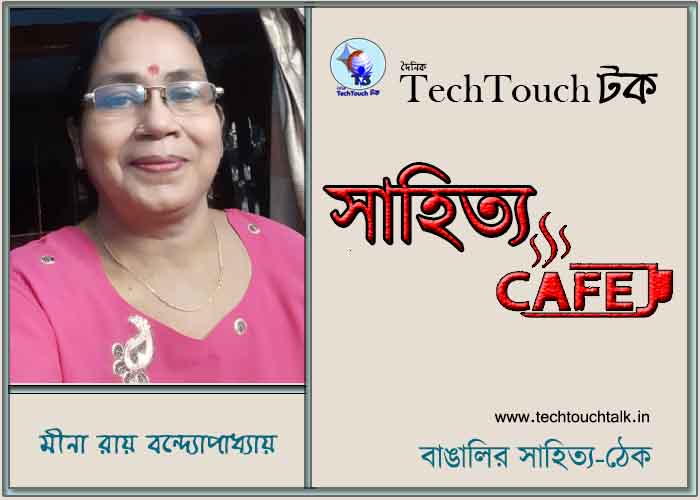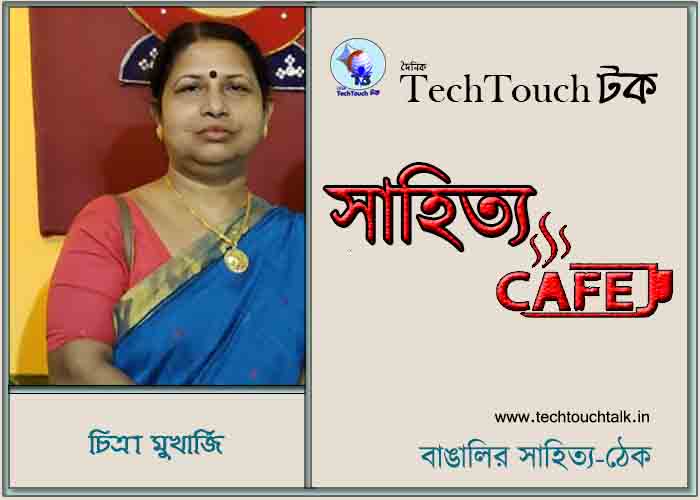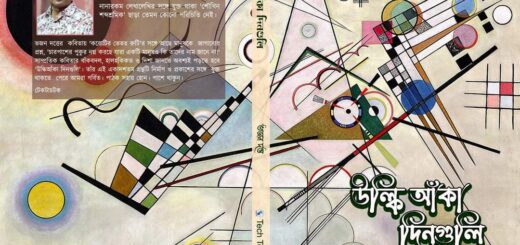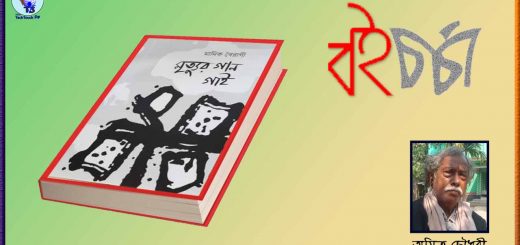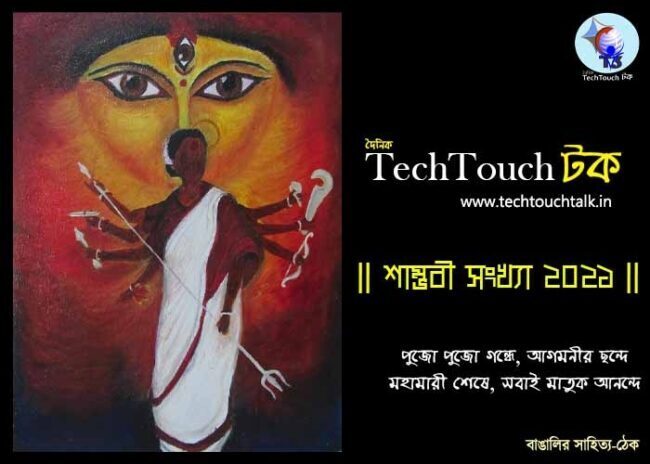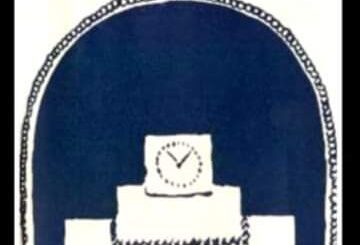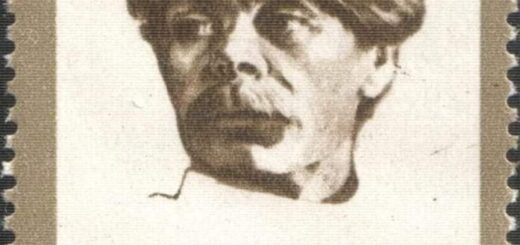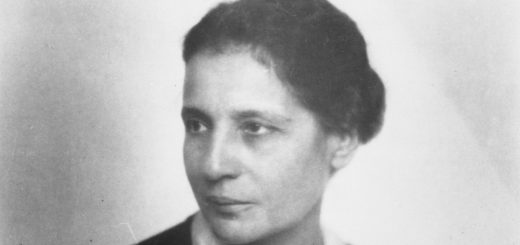Sunday Prose By Madhurima Dasgupta

Transformation of Adda space of Bengali Middle Class
The term ‘adda’ (as defined by Dipesh Chakraborty) signifies ‘the practice of get together of friends for long, informal and un-rigorous conversations’. Adda which was historically a practice among the middle class Bengali men (Bhadrolok) has also become a practice of middle class Bengali women as well. Historically, adda used to take place among Bengali middle class men on ro’ak or a bench by the lanes of North Kolkata, where elderly men would discuss about topics involving their daily life activities and their leisure time. It was one of the means of ‘casual leisure’ for most Bengali men. Due to the present pandemic situation which has brought forth new norms and practices, another major paradigm shift has mainly been with regard to the change from the physical interaction (adda) to social interaction virtually. (Dasgupta, January 2022: 5)
However, before the pandemic hit the world, adda over the virtual space used to take place but it became more normalized with the lockdown phase. The present digital adda is mostly prevalent among the upper and middle class since digitization imposes the challenge of digital divide in a Third World country like India! Social media has opened up avenues for the affluent classes of society due to which both men and women irrespective of their age are being able to spend valuable tie with their friends (even if it involves friends from locality- para). After all, Bengali middle class is mostly best in adopting and accommodating to any new norm and practices. While on one hand, it has been envisioned that adda as a practice in physical space is becoming obsolete, it is also been replaced by social media like WhatsApp, Facebook, Hangout and Telegram. The only hope that Digital Adda continues to exist since adda is one of the defining key characteristic of most Bengali middle class culture without which Bengalis may seem to lose their identity. (Dasgupta, January 2022: 5)
Though adda continues to exist among the Bengali Bhadralok culture, yet its significance is visible in the northern parts of Kolkata like Shyambazar, Bagbazar, Jorasanko. With such a paradigm shift of adda space, it’s still questionable whether Bengalis still retain the similar flavour of adda which might have been coloured by nuances of hectic work life with hardly any such time for social interaction with para friends and neighbours. After all, proper social interaction is the prima facie to maintain good social health and social relationship with family, friends, neighbours and close kins in society.







